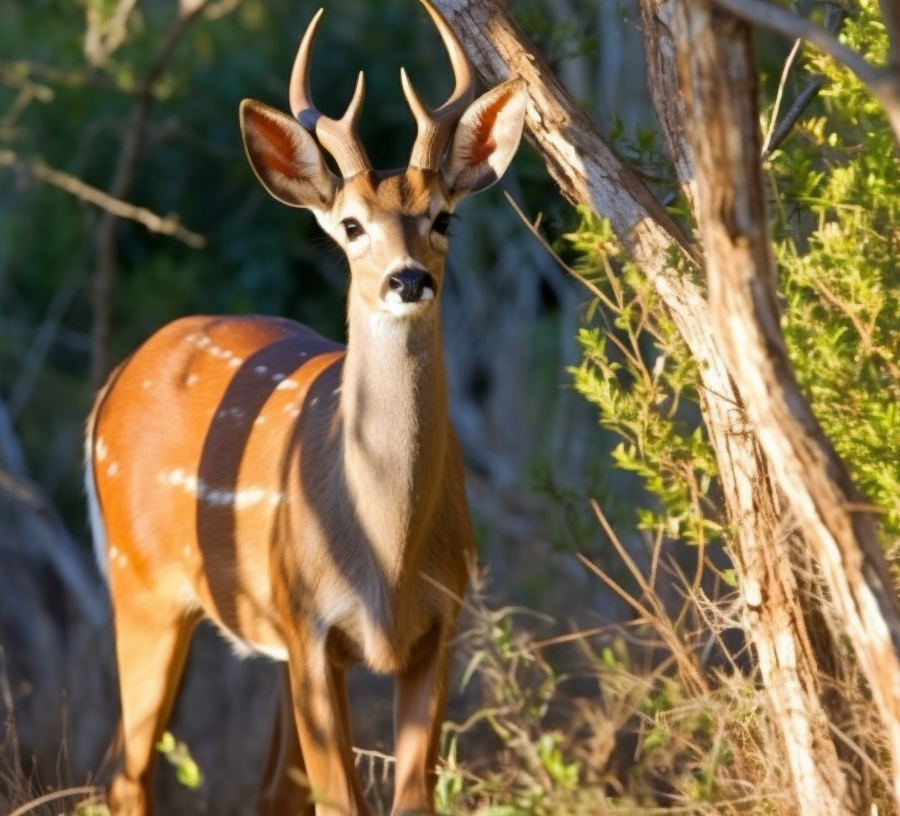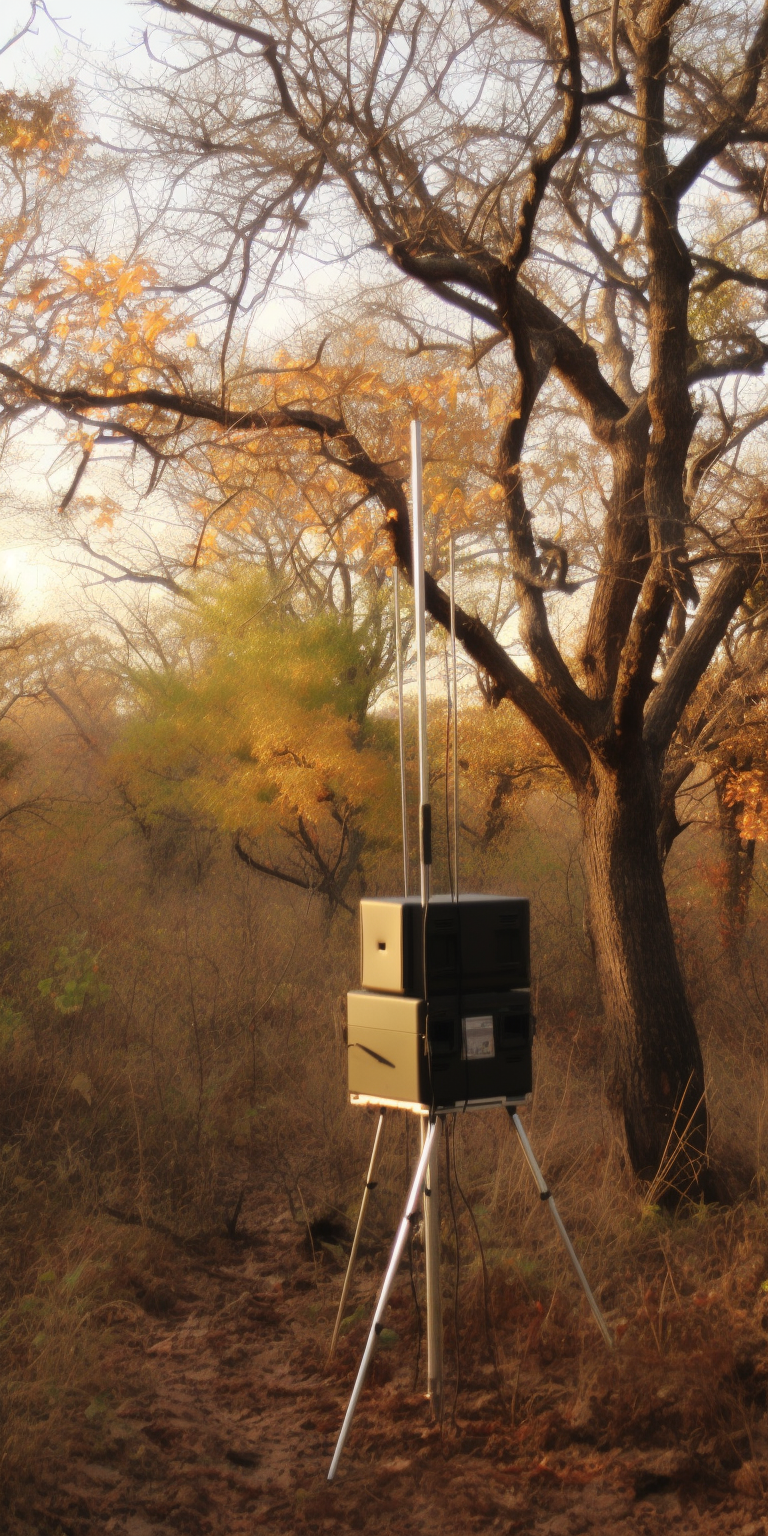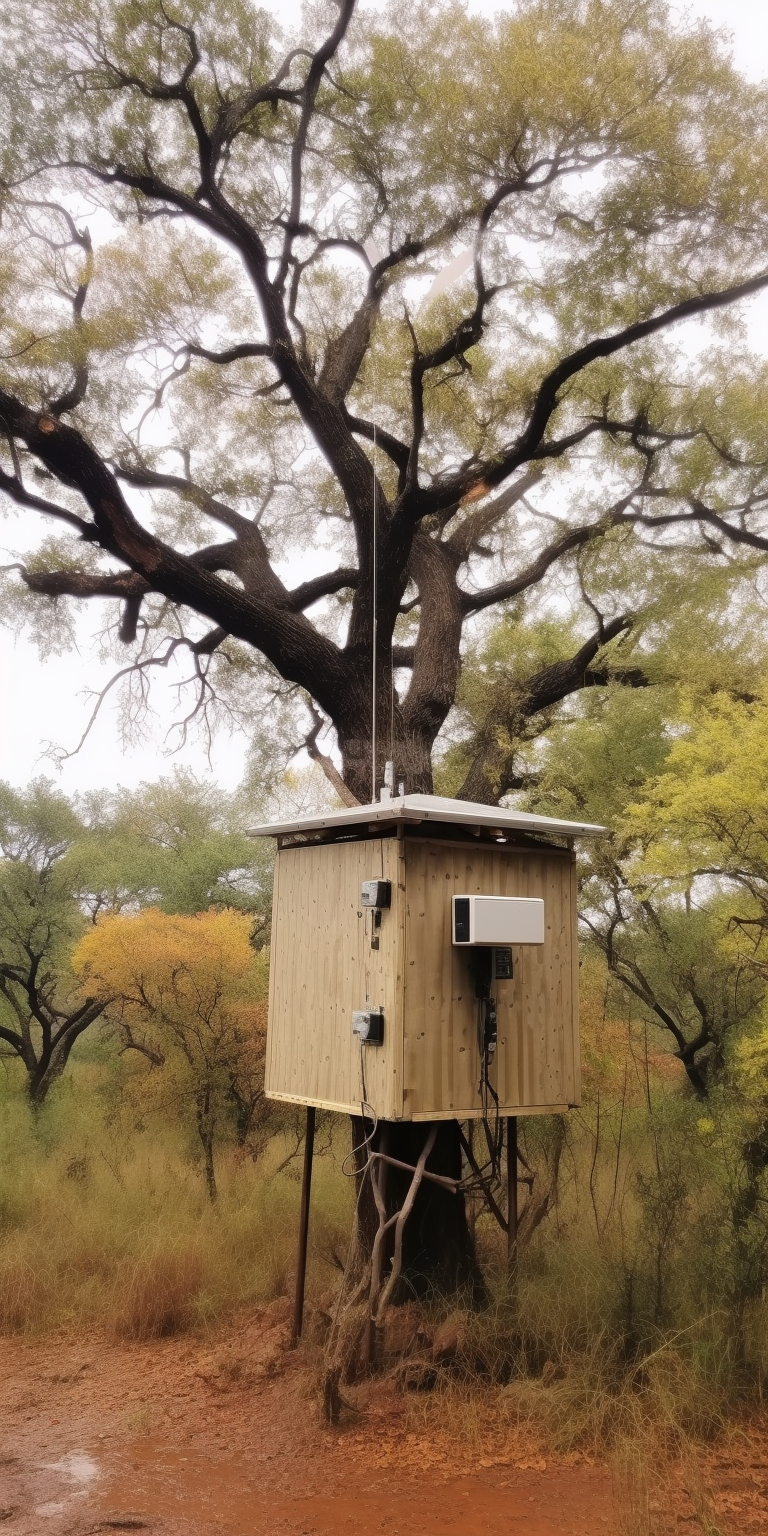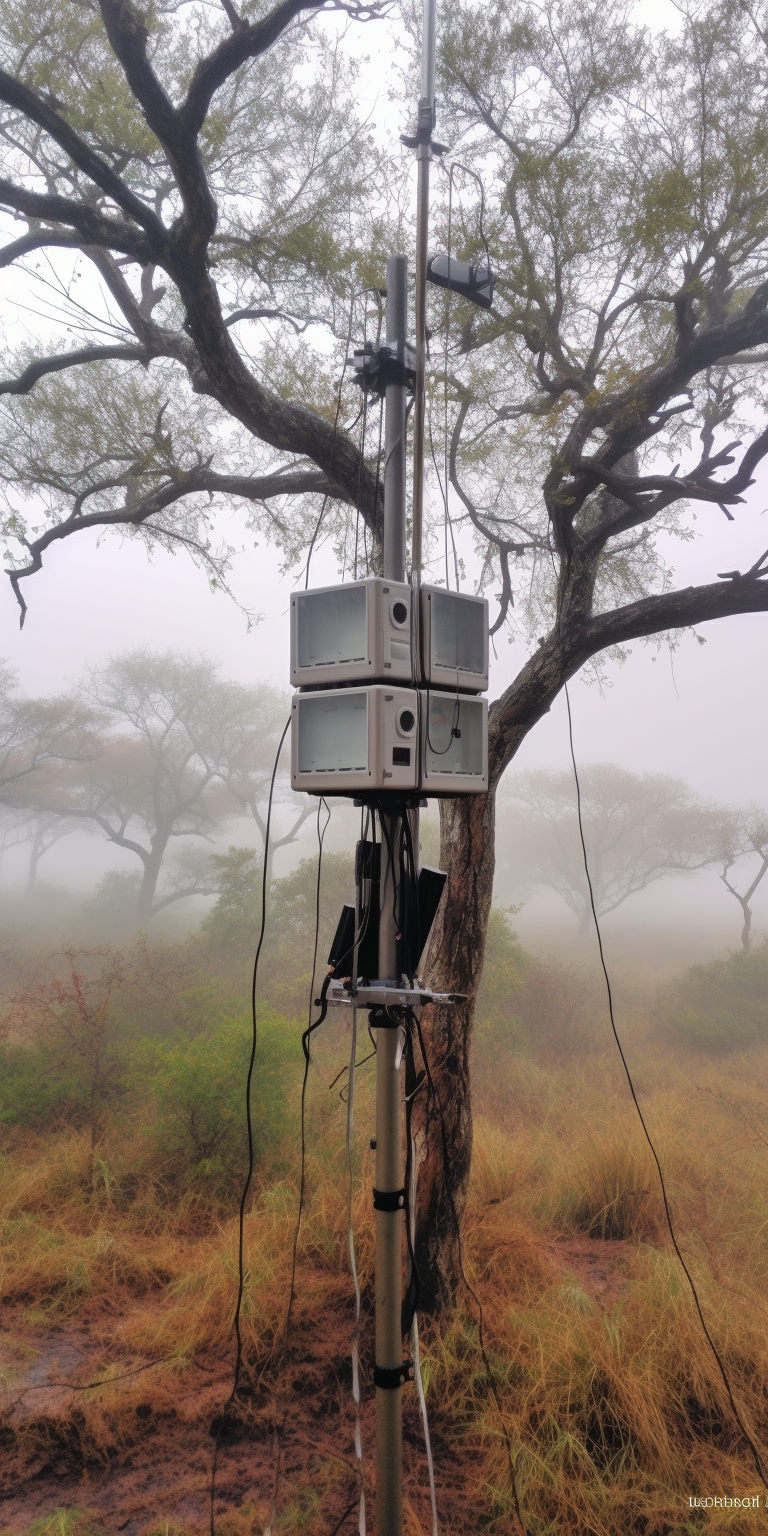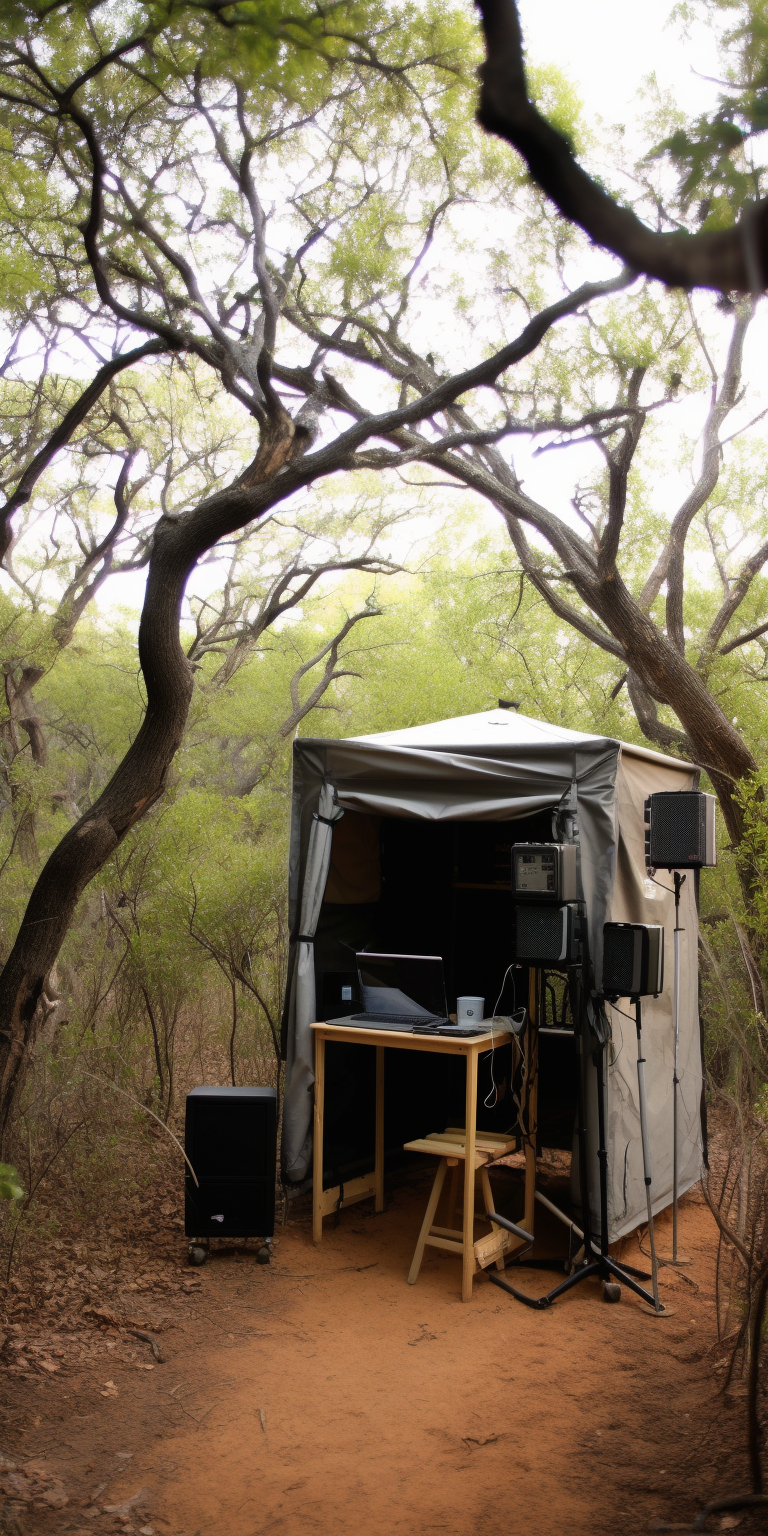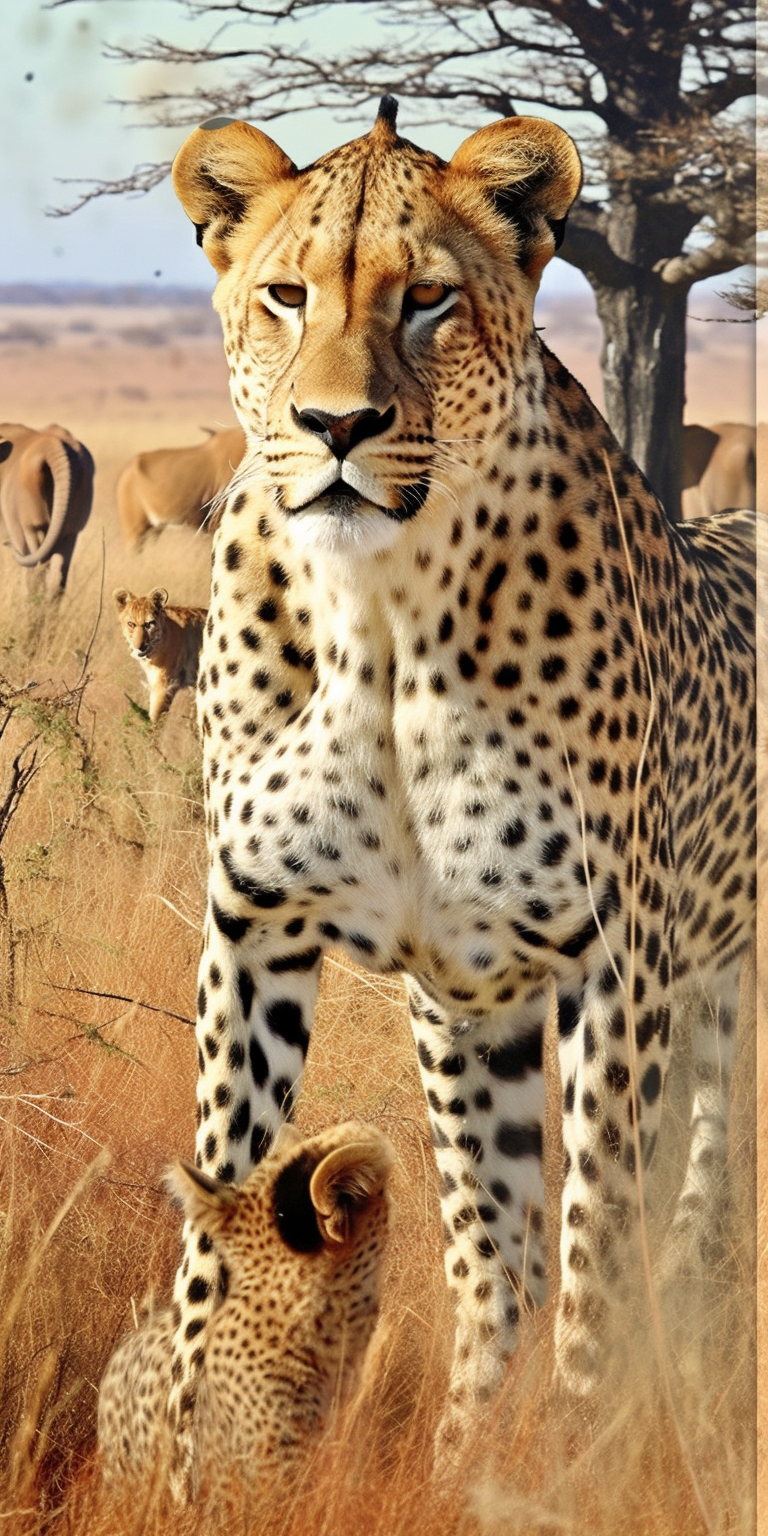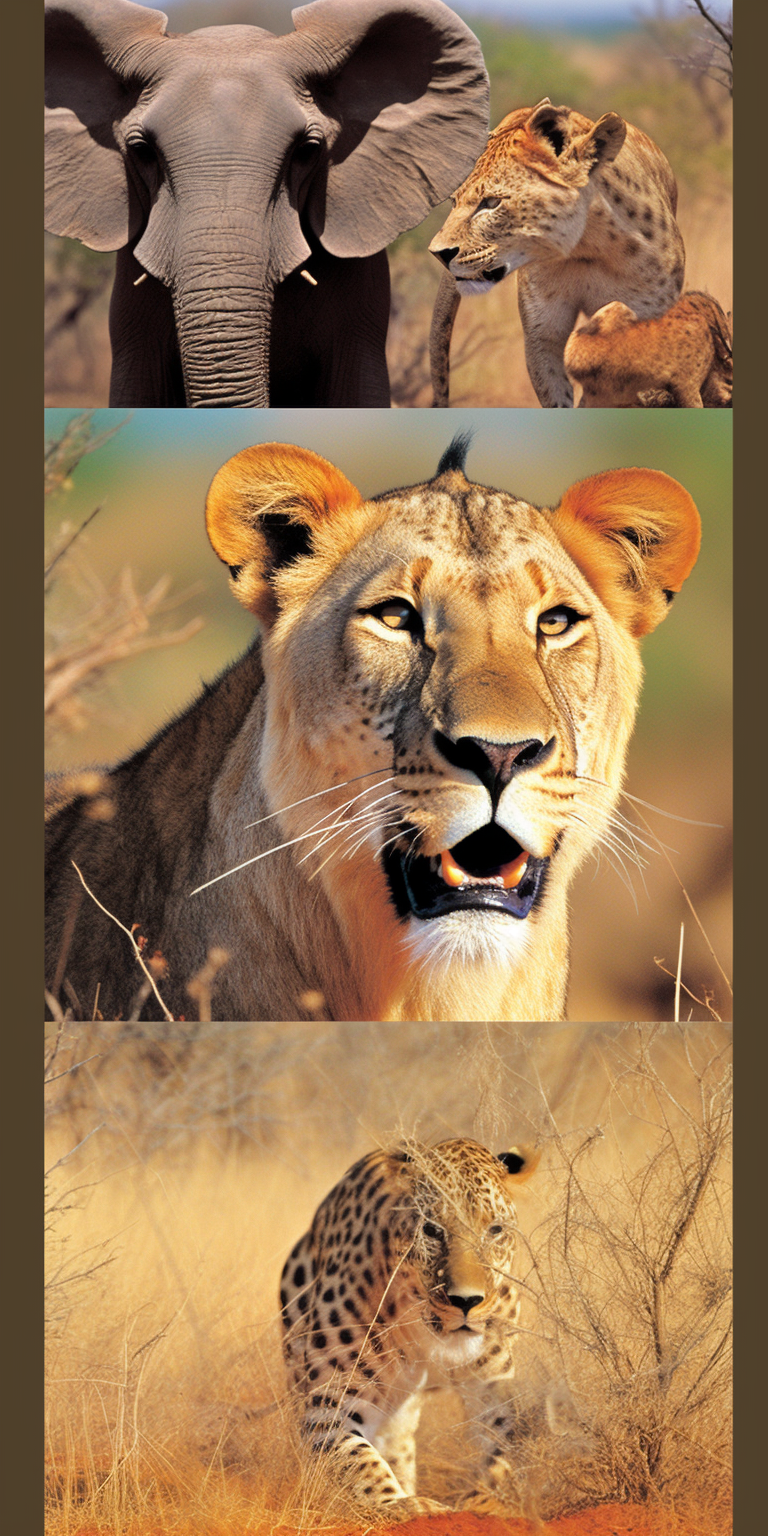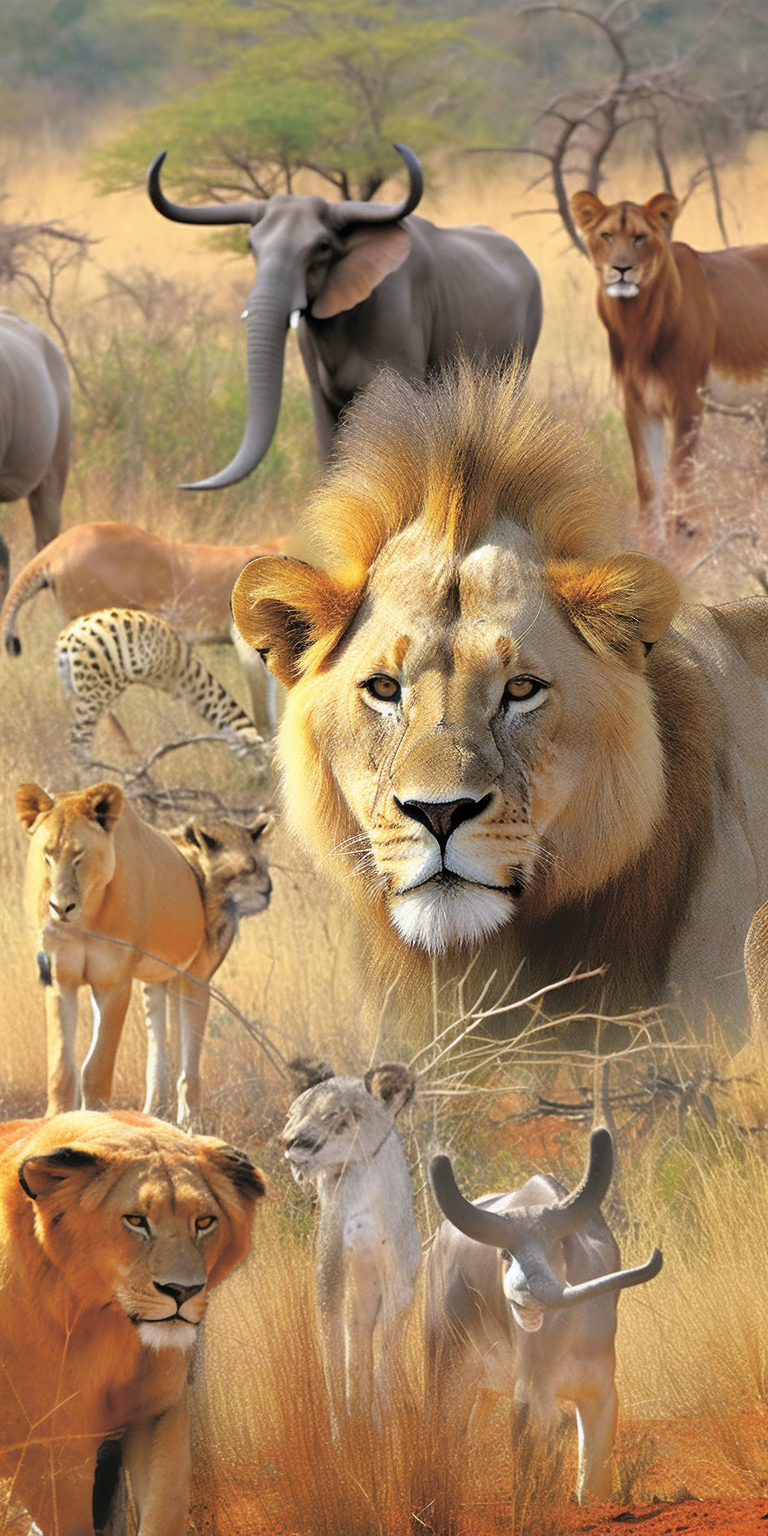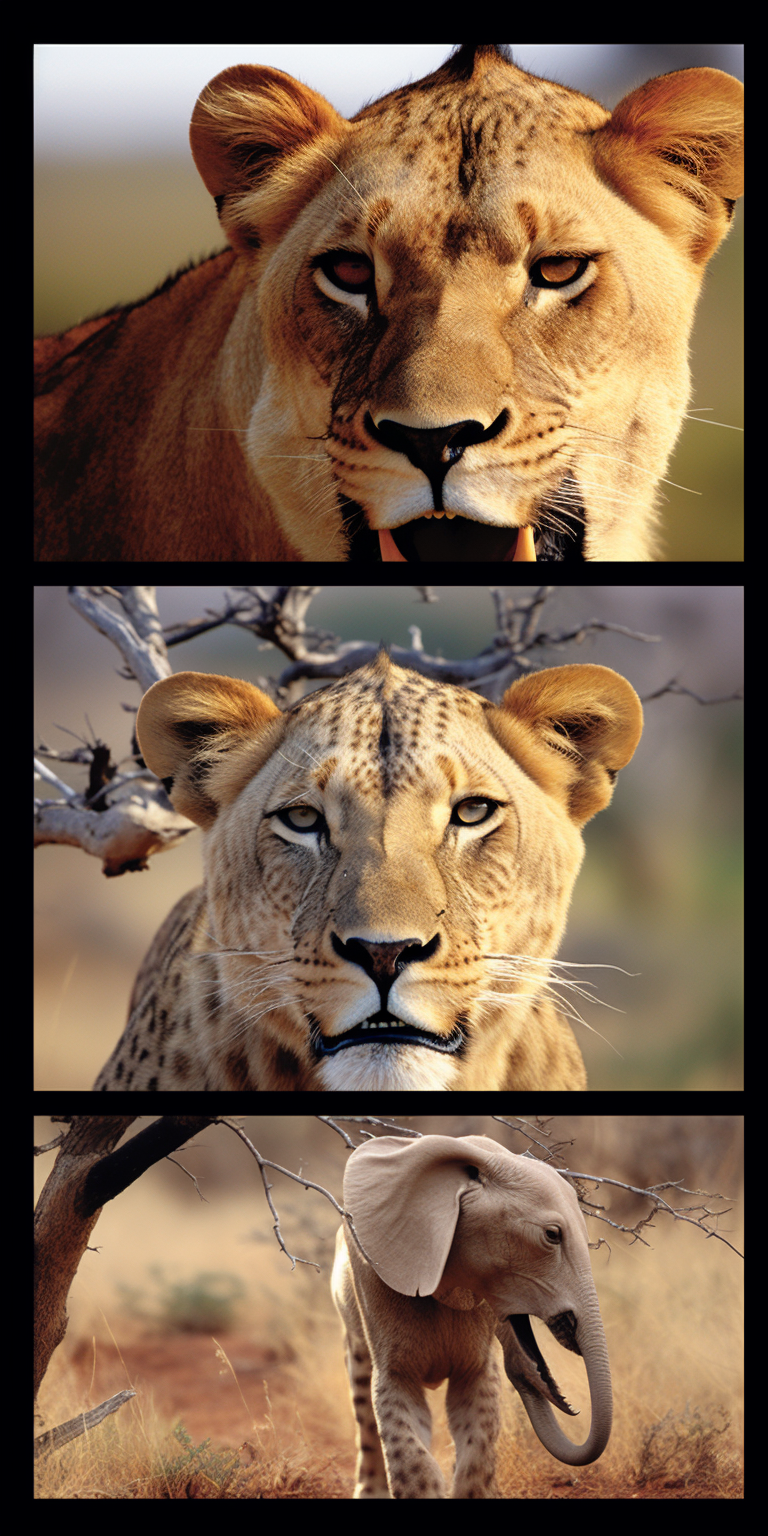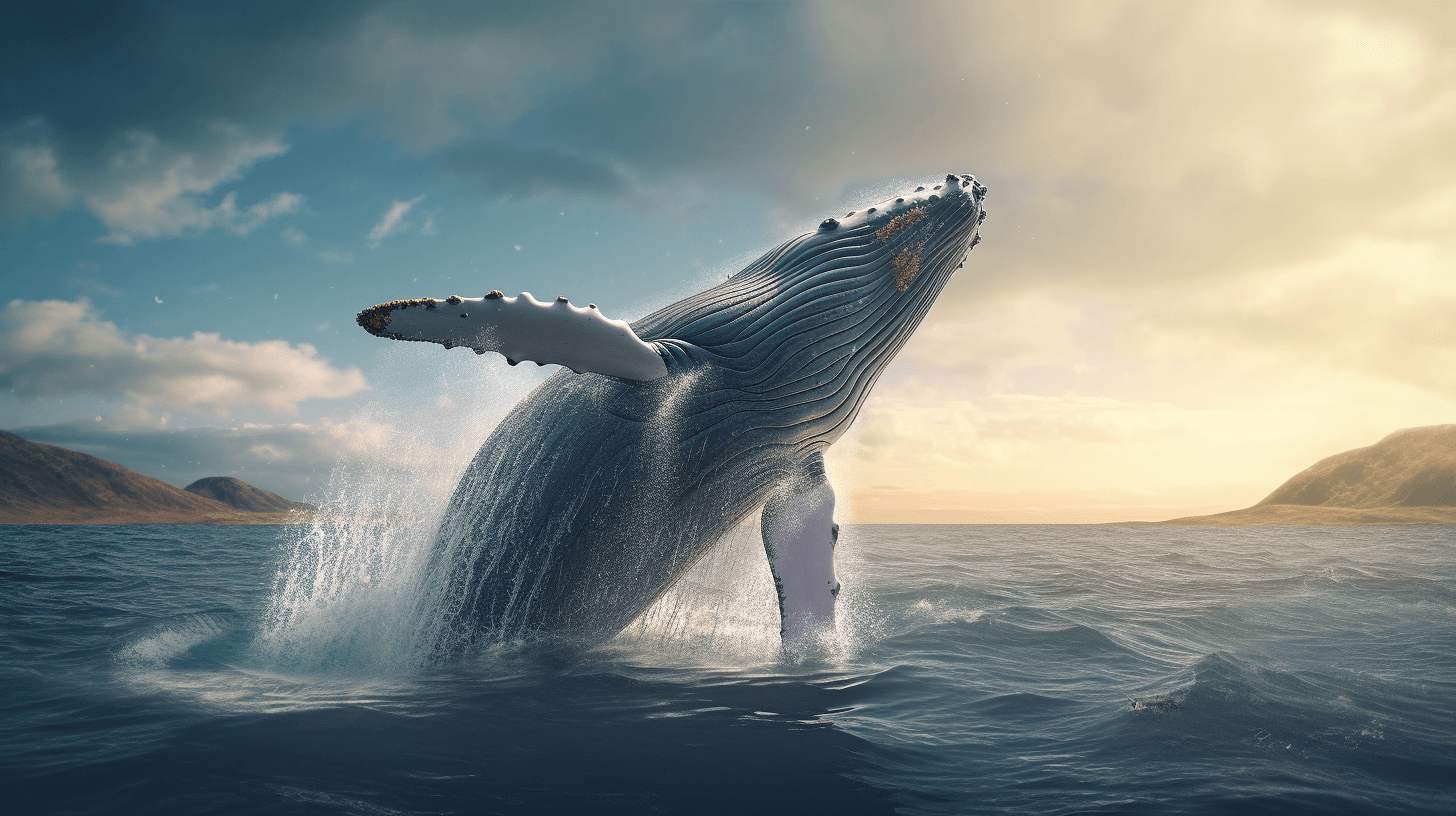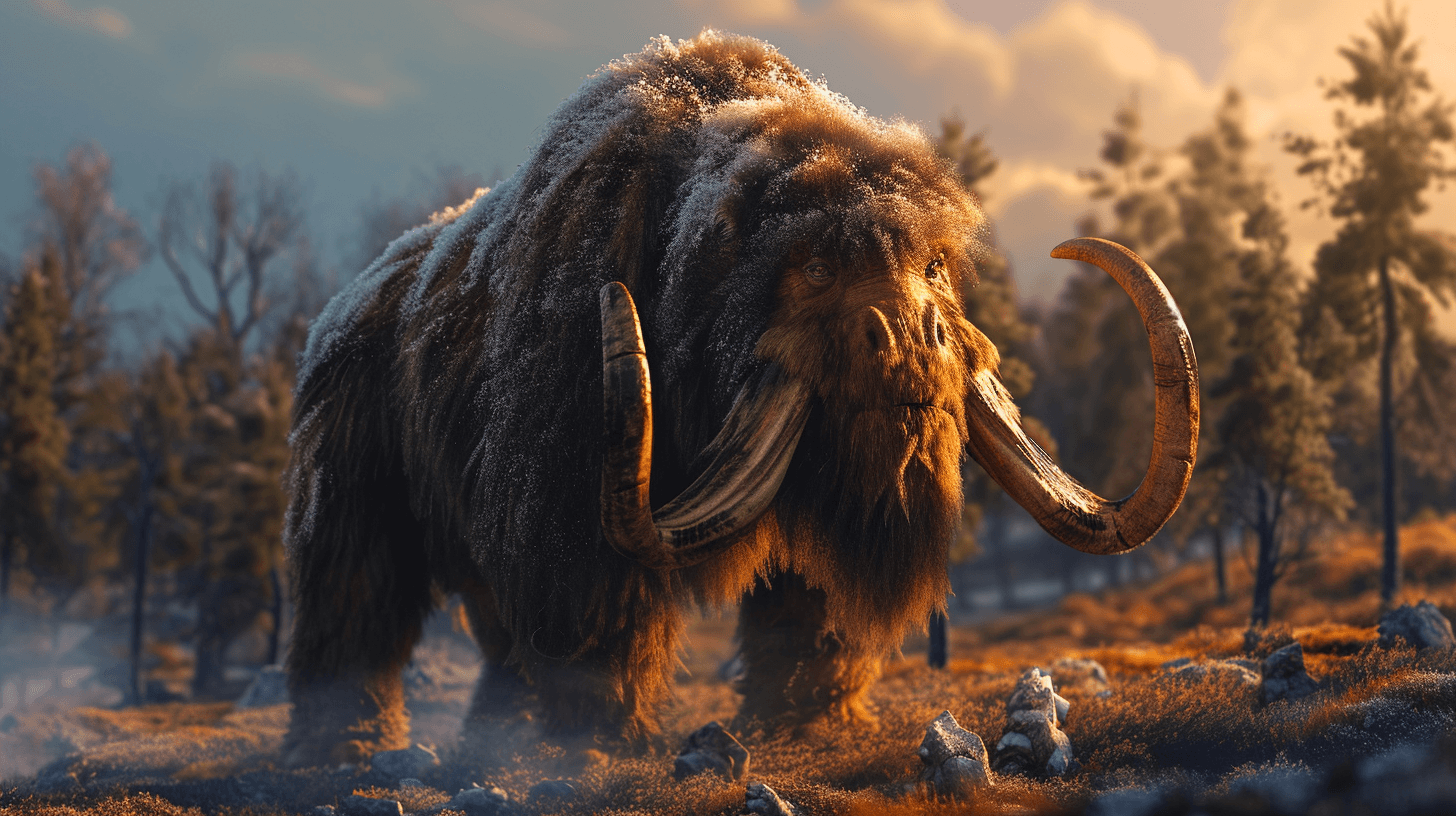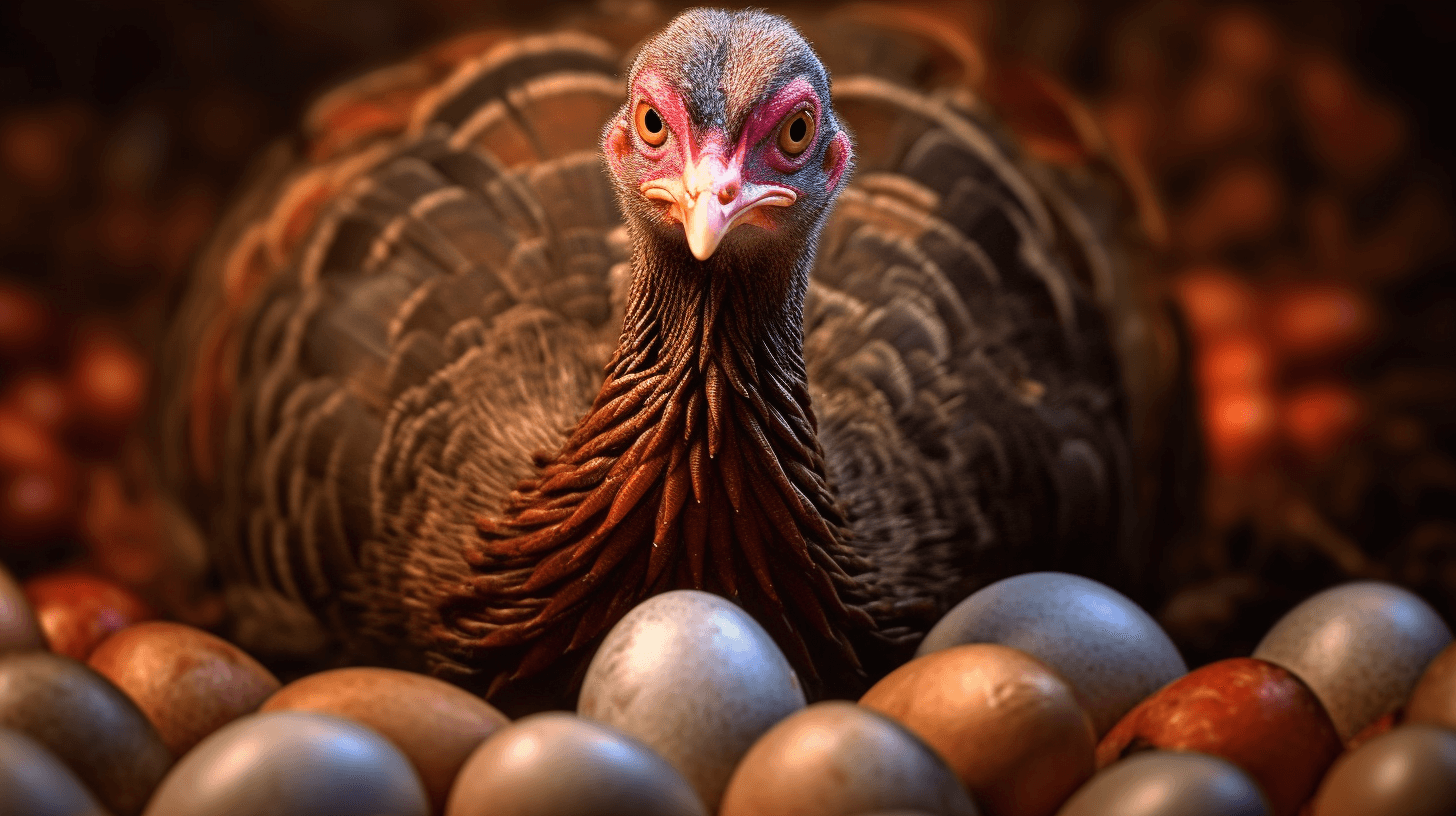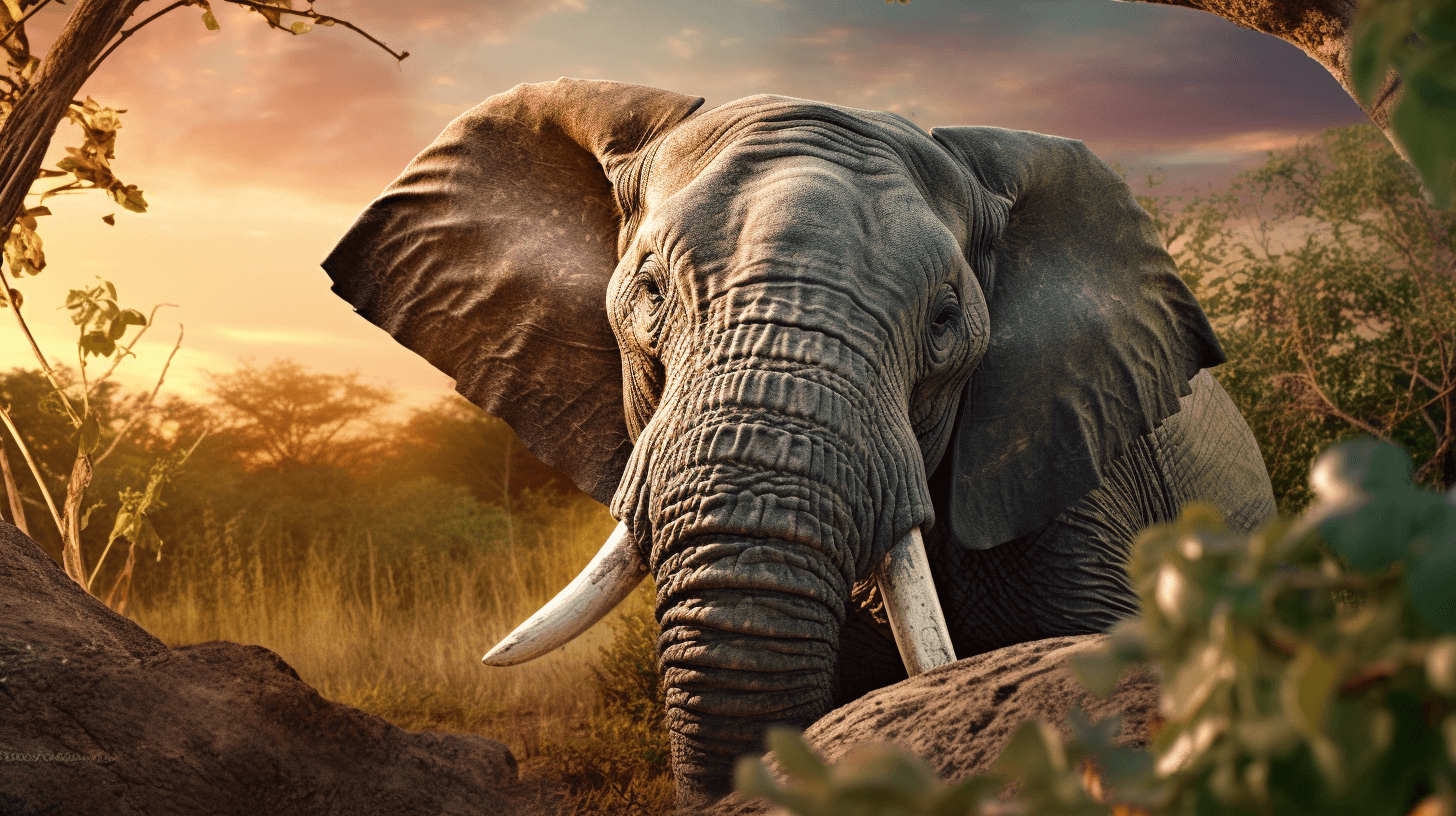How da Savanna Animals Stay Acting wen Dey Hear Da Scary Kine Sounds: Check um Out Wil… 🐘🦁🔊😱
One day a leopard was panting afta chasing down one impala fo lunch. But right befo he could sit down grind his food, some voice start talking from nowhere! It is very difficult to talk in Afrikaans …, the voice say. The leopard look around fo see where the sound coming from and then drop his hard-earned meal and run away!
Dis poor guy neva even realize he just left his lunch behind all for science sake! 👨🔬 Researchers wen analyze plenny video recordings fo show which sounds make mammals scared inside Kruger National Park in South Africa. Even though lions get called ‘da king of beasts’, turns out that for wild mammals on top savanna — small kine antelopes or big buggah elephants — da scariest predator of them all is us humans! Da researchers found that human voices make these animals more scared than even the sound of lions snarling and growling.
This means they recognize our species as uniquely dangerous because we are super lethal,” said Michael Clinchy who work with conservation biology at Western University in London Ontario Canada eh? These smart guys hope understanding this universal fear can help stop wildlife poaching too. Dr Zanette an Dr Clinchy along with their colleagues have shown it’s not just being eaten but also fear itself creates profound effects rippling through whole communities. Working with local colleagues from South Africa and other collaborators, the researchers set up equipment that has tested the fear responses of various animals.
They attached recorders and audio speakers to trees near 21 water holes where thirsty animals are reluctant to leave during dry season. The devices ran 24 hours a day for six weeks, playing clips of sound types in random order when triggered by movement.
NOW IN ENGLISH
Savanna Animals’ Reaction to Terrifying Sounds: Engaging Wil…
Observe How Animals React to the Most Terrifying Sound in the Savanna We’re skipping all the unnecessary details and going straight to the heart of this article. 🏞️🦁 You know how we humans think that lions have a terrifying roar?
Well, it turns out that our voices scare animals more than lion roars! 😱 A recent study observed how various wild animals react to human voices and lion growls in South Africa’s Kruger National Park.One day, a leopard was panting after chasing down an impala for lunch.
But just before he could settle down to eat his meal, a voice started speaking from nowhere! It is very difficult to speak Afrikaans …, said the voice.
The leopard looked around trying find where sound was coming from then dropped his hard-earned meal and ran away!This unfortunate creature didn’t even realize he had left his lunch behind – all for science sake! 👨🔬 Researchers analyzed numerous video recordings showing which sounds scared mammals inside Kruger National Park in South Africa.
Despite lions being called ‘the king of beasts’, it turns out that for wild mammals on savanna — small antelopes or large elephants — humans are perceived as their most frightening predator! The researchers found that human voices make these animals more terrified than even lions snarling or growling.This implies they recognize our species as uniquely dangerous because we are super lethal,” stated Michael Clinchy who works with conservation biology at Western University located London Ontario Canada eh?
These intelligent individuals hope understanding this universal fear can help combat wildlife poaching too.Dr Zanette along with Dr Clinchy and their colleagues have demonstrated not only being eaten but also fear itself creates profound effects rippling through entire communities.Working alongside local colleagues from South Africa other collaborators,the researchers set up equipment testing various animal’s fear responses.They attached recorders and audio speakers to trees near 21 water holes where thirsty animals are reluctant to leave during dry season.

